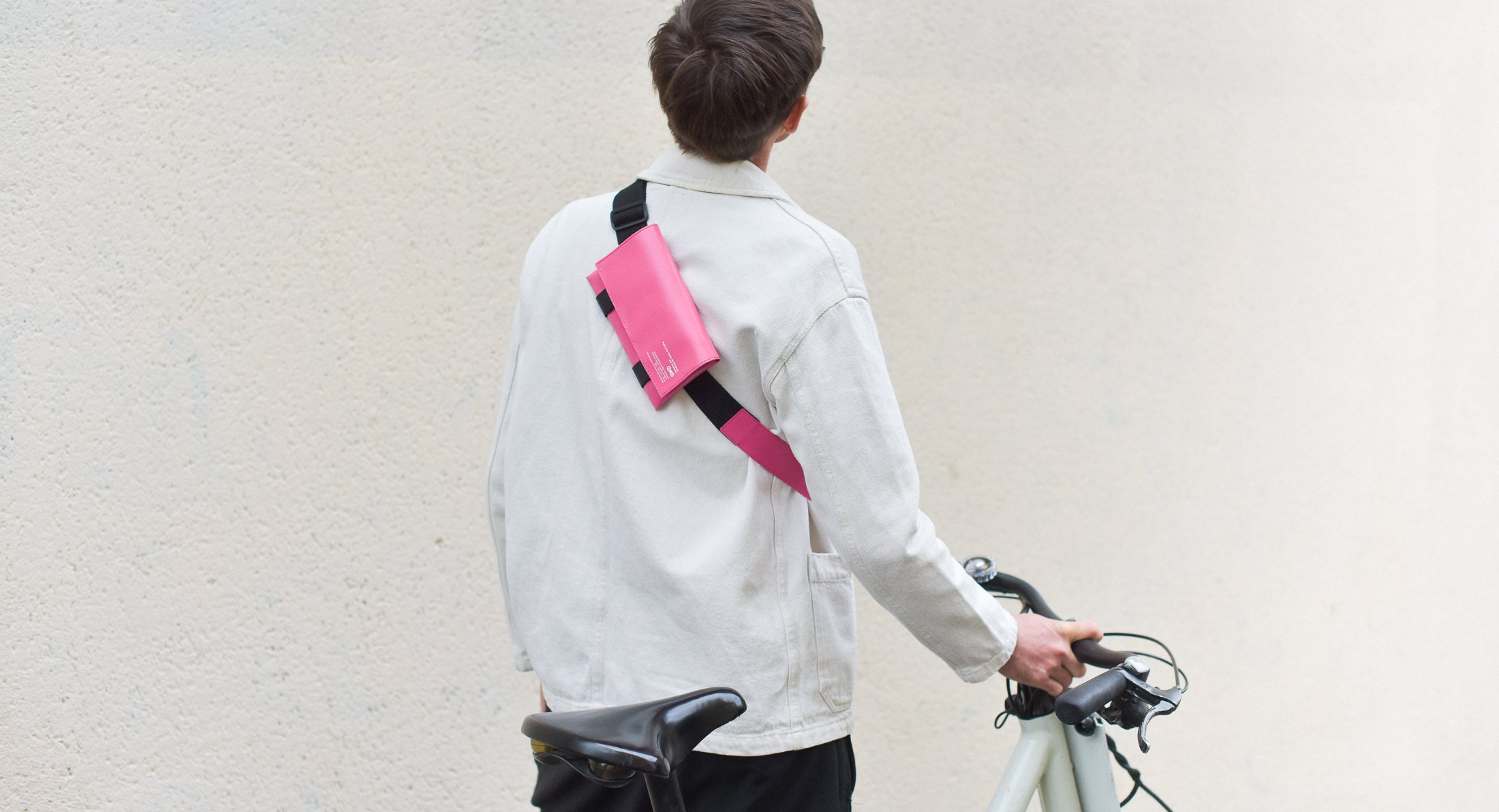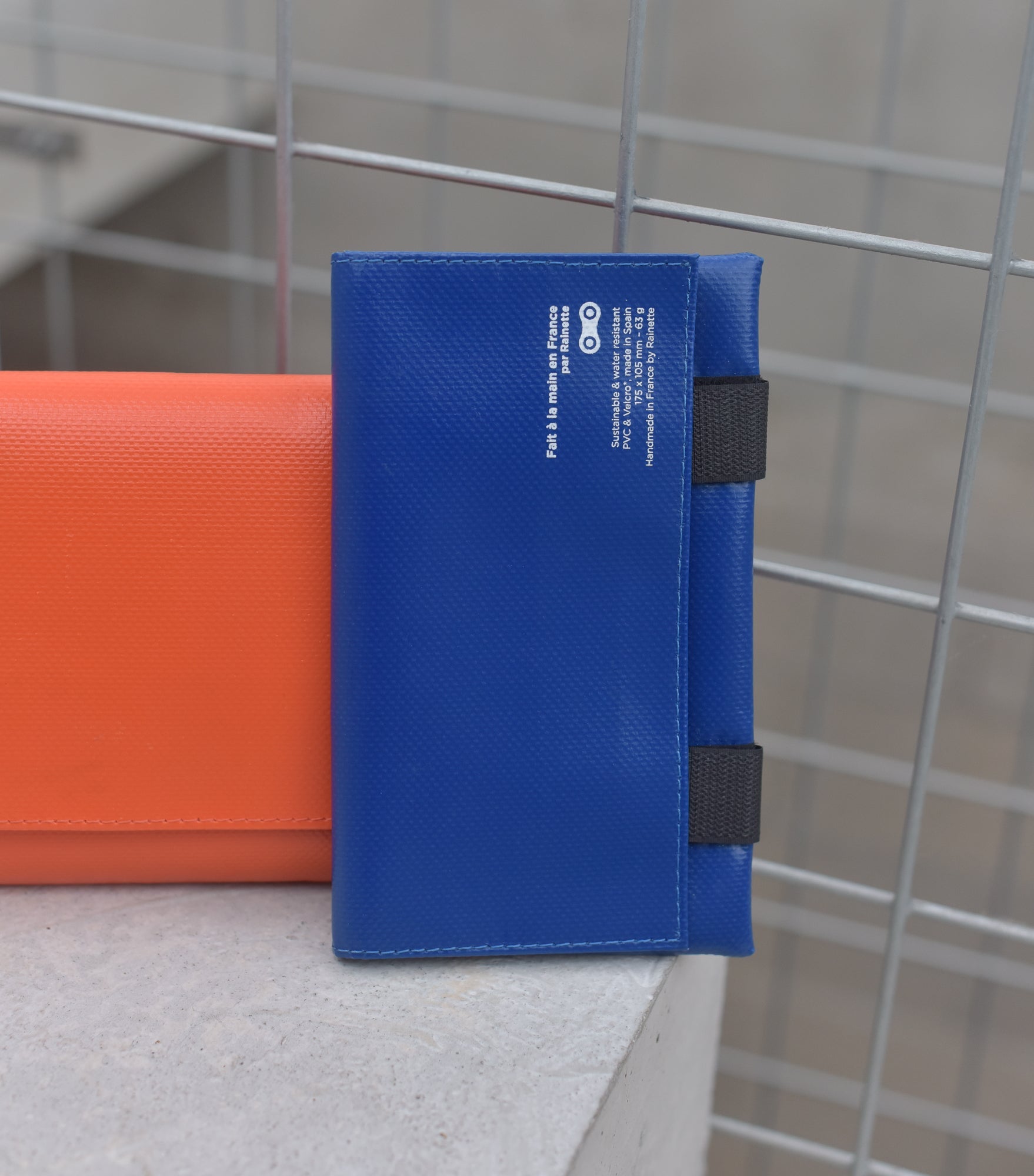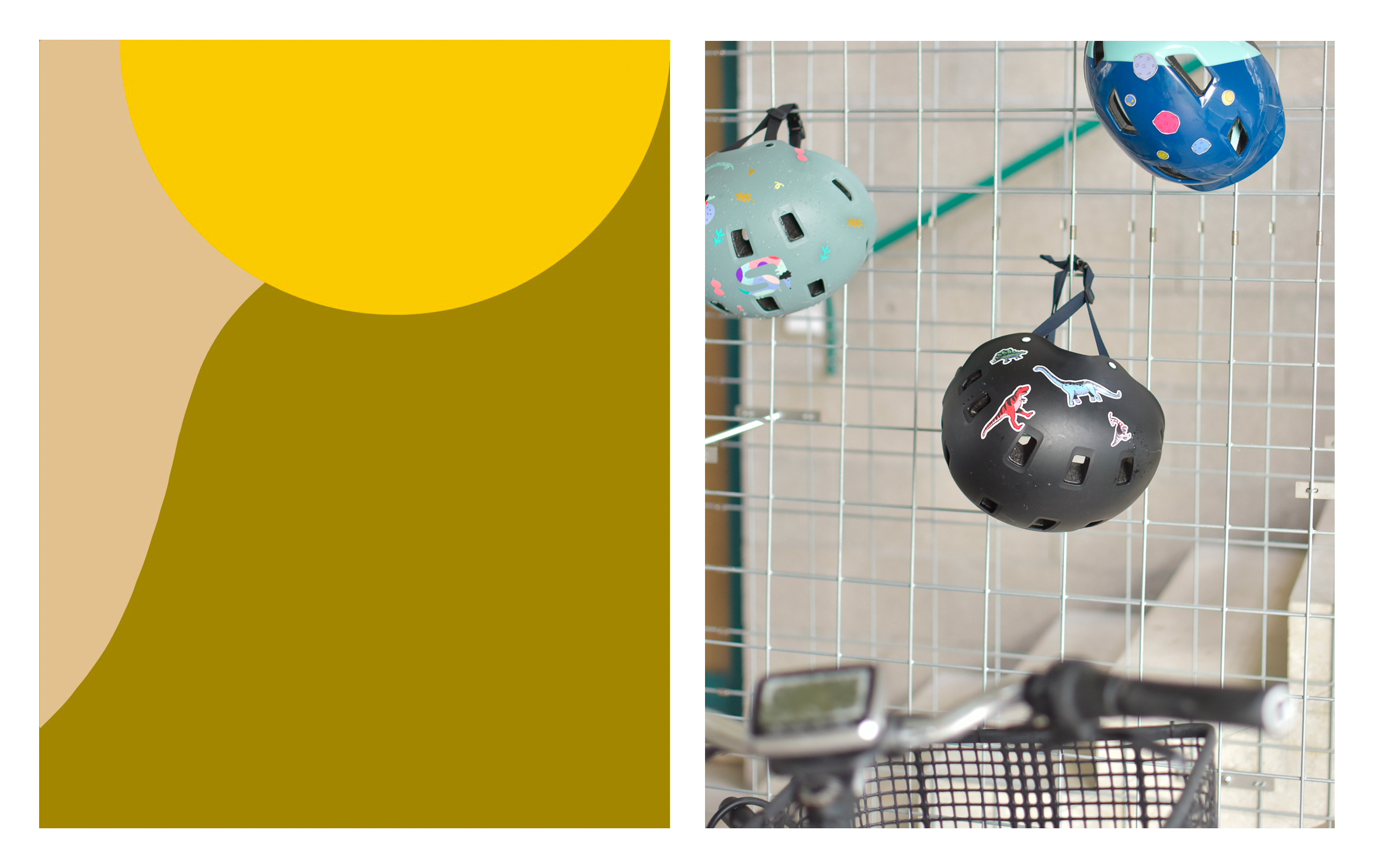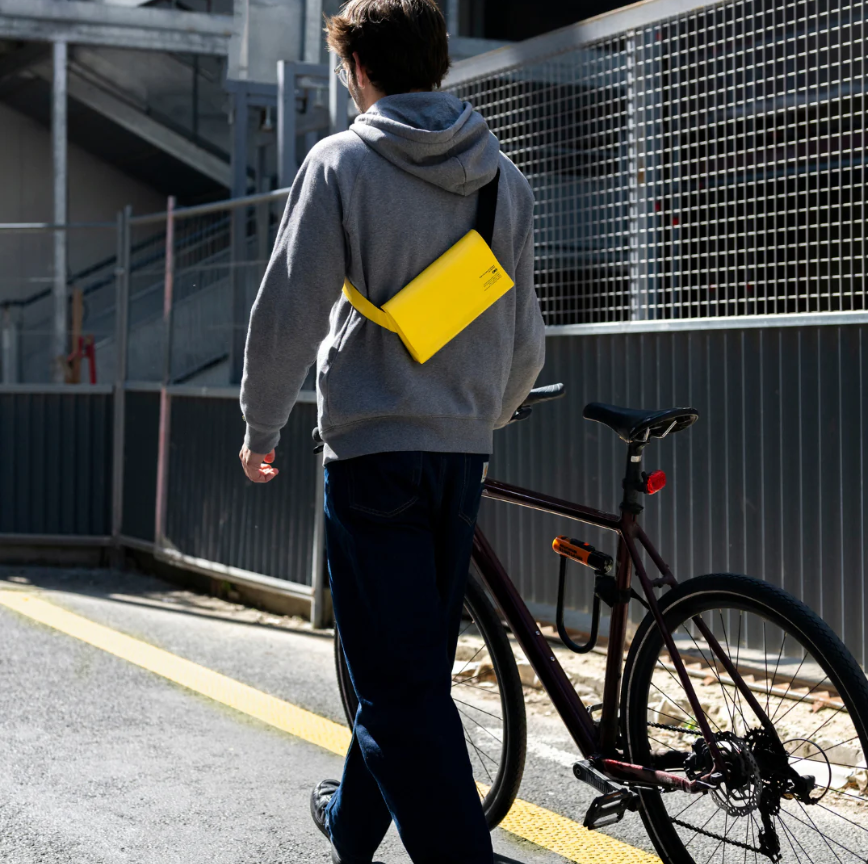Bicycle braking: techniques, brake types and tips for optimum safety
For any cyclist, knowing how to brake is just as important as knowing how to pedal. Mastering braking techniques and understanding the different types of brake available are crucial to riding safely and avoiding accidents.
The importance of bicycle braking
Effective braking and the right equipment enable you to reduce speed quickly in the event of an obstacle or unexpected hazard, minimizing the risk of collision.
Good braking control gives you better control of your bike, especially on descents and uneven terrain.
Knowing how to brake correctly gives cyclists confidence, making journeys more enjoyable.
Controlled braking avoids unnecessary effort and allows you to ride longer without excessive fatigue.
Different braking techniques
Progressive braking
In normal, unforeseen traffic situations, apply the brakes gradually to avoid sudden stops which can cause falls.
The rear brake can be adjusted for progressive braking.
Emergency braking
In an emergency, the front brake offers superior stopping power. However, it must be used with care to avoid going over the handlebars.
The rear brake helps stabilize the bike during hard braking. Combine the two brakes for maximum efficiency.
Downhill braking
When going downhill, brake by jerking or alternating the front and rear brakes to avoid overheating the brakes and wheels and maintain optimum control of the bike.
Shift your weight backwards to improve stability, reduce pressure on the front brake and limit the risk of falling.
Braking in the rain
When it rains, you need to take extra care when braking. In addition to reduced visibility for other road users, rain also has an impact on braking distances, which are longer on wet surfaces.
It's therefore essential to anticipate your braking as much as possible. By applying progressive braking, you also reduce the likelihood of losing control of the bike, which is more likely to happen when braking hard on a wet road.
Types of bicycle brakes
V-Brakes
Pad brakes are the most common, using rubber pads that pinch the rims to slow the bike down.
Easy to maintain and effective in dry conditions, their performance diminishes in the rain and they can wear down rims.
Disc brakes
Disc brakes are increasingly common on higher-end bikes, and can use a hydraulic system to apply the braking force. They offer superior braking power and precise modulation.
They can also use a mechanical system in which cables operate the brakes. These are less powerful than hydraulic ones, but easier to maintain.
Effective in all weather conditions, including mud and rain, they are more complex to install and maintain.
Drum brakes
Drum brakes use a drum integrated into the wheel hub. Friction between the brake pads and the drum slows the bike down.
They are durable and low-maintenance, but less powerful and heavier than disc brakes.
Tips for efficient braking
Regular bike maintenance
Regular maintenance of your bike and its braking system is one of the best ways to ensure that you're riding safely and not overtaken by the unexpected.
Inspect brake pads and discs regularly for wear. Replace if necessary.
Check the cables for mechanical brakes and bleed the hydraulic system if using hydraulic disc brakes.
Making the right settings
Make sure cables are correctly tensioned for immediate braking response.
Pads must be aligned with rims or discs for maximum efficiency.
There's nothing like practice
Practice braking in different conditions (dry, wet, downhill) to improve your skills and record different sensations.
Keep in mind the various tips to know how to best react according to what each situation requires.
Bicycle braking is a vital skill that can prevent accidents and ensure a comfortable, safe ride.
By understanding different braking techniques, choosing the right type of brakes and properly maintaining your braking system, you can improve your safety on the road.
Take the time to practice and familiarize yourself with your brakes, so you can make the most of every bike outing, whether in town, in the mountains or on the road.









